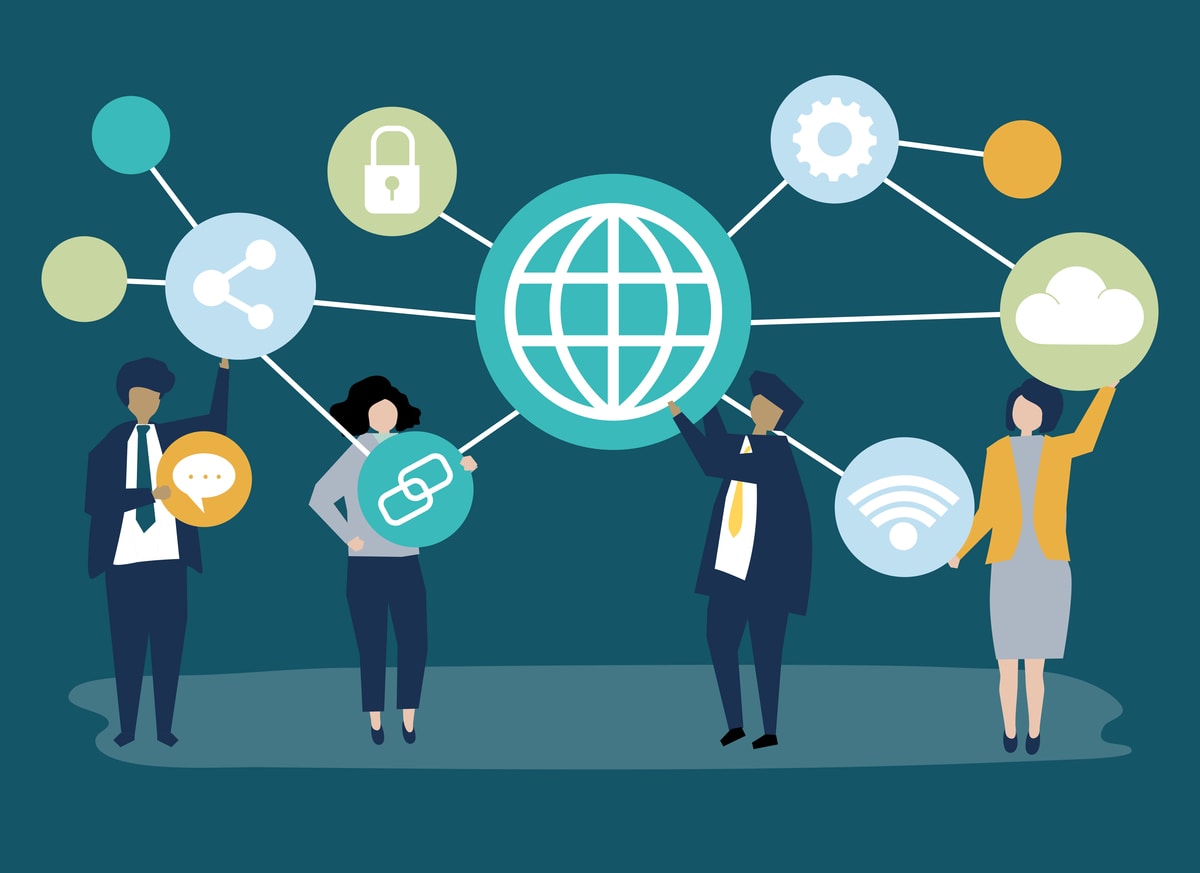What is Web 3.0 Technology and Why Is It Important?

Web 3.0 technology is the third generation of Internet applications that primarily works based on machine learning and blockchain.
The goal of web 3.0 is to provide a data-driven and pragmatic web with the help of AI and machine learning. Primarily focus on creating more open, secure, and intelligent websites.
Hello dear readers, In this post, I’m going to discuss what is web 3.0 technology and why is it important in the future.
So If you’re curious to know or want to get benefit from this revolutionary technology, make sure to read this completely.
So without having much time, Let’s discuss it:
Web 3.0 Technology Introduction:
Web 3.0 tends to refer to the internet’s future generation, in which websites and apps will be able to manage large amounts of data in a clever human-like manner using machine learning algorithms (ML), Big Data, and decentralized ledger technology (DLT), among others. As a result, web3 development services will be more efficient and secure than ever before.
Web 3.0 is termed the Semantic Web by Tim Berners-Lee, the founder of the World Wide Web, to establish a more autonomous, smart, and open internet.
Data will be able to communicate with both humans and robots. However, programs must be able to comprehend information both theoretically and culturally for this to happen. With all that in perspective, the internet and machine intelligence are Web 3.0’s two cornerstones.
Why Web 3.0 Technology is Important:
We may expect a strong convergence and symbiotic interaction between these three technologies and other disciplines since Web 3.0 networks will run through decentralized protocols.
They are the building blocks of blockchain and cryptocurrency technology. They will be compatible, easily integrated, automated by smart contracts, and used to drive anything from microtransactions in Africa to suppression of free speech P2P data file storage.
And sharing through applications like Filecoin, to entirely transform how businesses conduct and function. The current deluge of Defi protocols is just the start.
Web 3.0 is critical because it lets businesses cut out the middlemen and link computers directly, streamlining processes.
This facilitates communication and collaboration among employees, partners, and consumers, leading to a more efficient company.
The world is heading toward a future with no boundaries, in which we will all be connected then everything will be digital. That is the essence of Web 3.0.
As previously stated, the goal of Web 1.0 was to introduce personal computers and the internet to the general public. The social media and social networking sites period was known as Web 2.0.
Web 3.0 is the next step in the evolution of the Internet, in which it evolves into its cosmos. Web 3.0 ushers in a new age of decentralized apps and blockchain technologies.
This is when blockchain-based solutions with the ability to decentralize almost every aspect of our life will become popular. Digital information, according to Deloitte, belongs in Web 3.0, which blurs the line between digital and physical material.
Key Features of Web 3.0:
Here are the key features of Web 3.0 technology:
-
3D Graphics:
The 3D design is frequently employed in today’s digital world. It’s often used in art, video games, and animation. In addition, web designers are beginning to include 3D graphics in their designs to make them more appealing and realistic.
Three-dimensional design is transforming online work in Web 3.0. Many businesses are being transformed as a result of the addition of 3D graphics to the Internet. These include museum tours, video games, eCommerce, and many other things.
-
Connectivity:
The Semantic Web, also known as Web 3.0, is a network in which data links everything else just any information, but data that computers can comprehend.
Visitors had previously been denied access to this information, but it has now been made accessible to workers and users to increase usability.
As a result, a greater degree of connectedness is possible, allowing customer interactions to automatically develop to make use of the new information.
-
Semantic Web:
The Semantic Web is a notion for expanding the worldwide World Wide Web by providing software applications with computer metadata of published information and data.
To put it another way, we add more data descriptors to material and data on the Web that already exists. Web 2.0 is the next step in the internet’s evolution, and it enhances the usability and accessibility of websites.
The Semantic Web enables users to be more accurate and effective when looking for material by enabling them to search for data using specific meanings instead of phrases or pages.
Check out more: A Guide to Dapps: 5 Things to Know
-
Artificial Intelligence:
Artificial Intelligence is a field of computer science concerned with the development of smart robots that think and act similarly to humans.
Merely a few examples are voice recognition, issue, thinking, and planning. By mixing robots and people, machine learning has become just that intelligent. And it’s doing so at precisely the time when humans want assistance in successfully searching or exploring the internet.
Companies of all sizes across the world may leverage this powerful mix of artificial intelligence and language processing with Web 3.0 to provide their consumers with faster and more relevant results.
As a result, they aren’t distracted during the key workflow tasks that they must accomplish daily as part of their job duties.
Conclusion:
In many respects, the Internet has revolutionized the world for the better. Web 2.0 is the next phase in the Internet’s growth. And it will assure that we can always reap its advantages while avoiding its drawbacks.
Web 3.0 is critical because it lets businesses cut out the middlemen and link computers directly, streamlining processes.
This makes it easier for team workers to communicate and collaborate, resulting in a more effective firm.
Now it’s time to hear from you, which is the best web 2.0 feature in your opinion? Let me know in the comment box. I’d love to hear from you. Thank you for your time.





